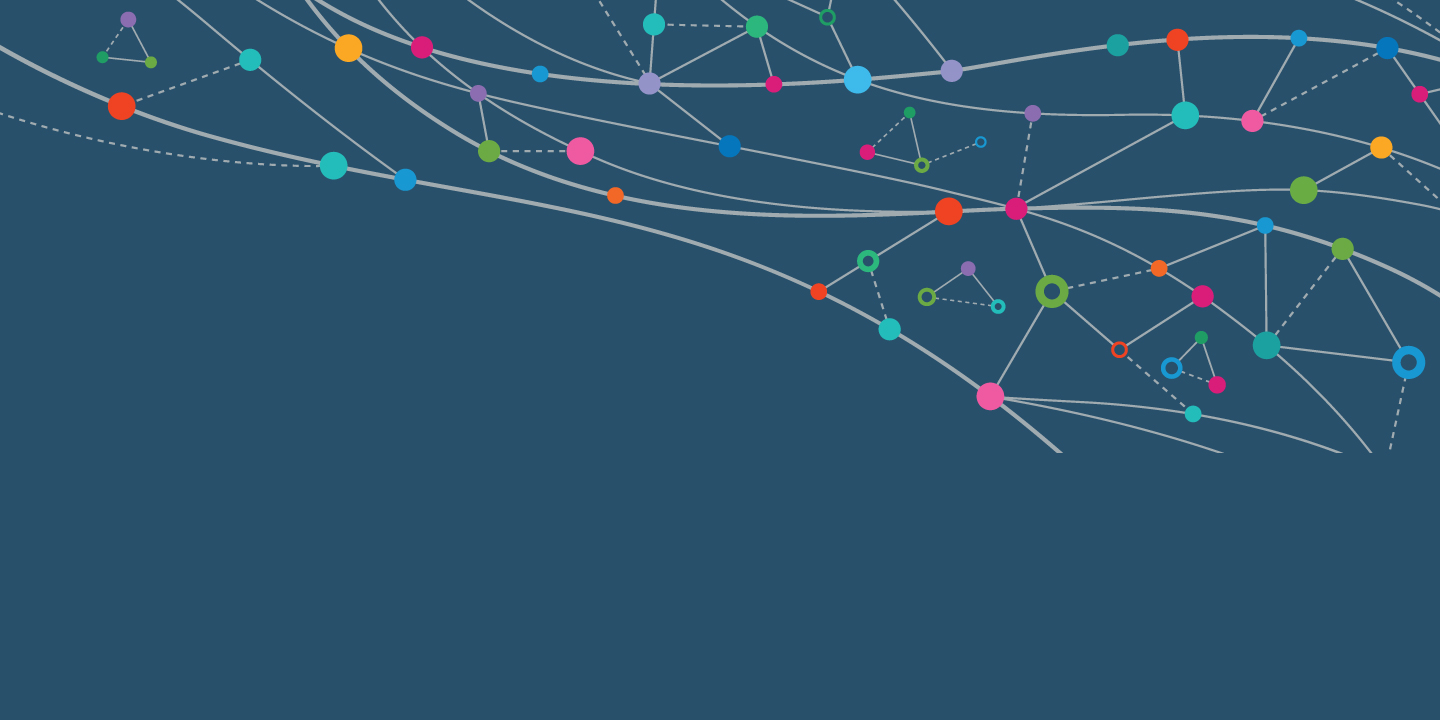
Developing a learning outcome map
ACER news 8 Jul 2024 7 minute readThe Sri Aurobindo Society collaborated with ACER India to develop a learning outcome map, aligned with general competencies to establish student learning progression.
Today’s rapidly changing global world calls for transformation in the way we teach students and help them prepare for the future. Education systems are moving towards adopting practices to equip students with the skills and abilities required to solve problems and make decisions in life.
The Sri Aurobindo Society collaborated with ACER India to develop a learning outcome (LO) map. The aim was to identify general competencies aligned with overarching learning outcomes to help teachers move towards competency-based teaching and learning practices in the classroom.
The initiative was a response to the call-to-action in the National Education Policy (NEP 2020), which emphasises closing the gap in achieving learning outcomes by shifting classroom transactions and assessments towards competency-based learning. The new National Curriculum Framework 2023 also underscores the significance and role of competency-based learning:
‘All stakeholders in school education should have clear visibility of the competencies that are expected to be achieved. Keeping track of progress in the attainment of these competencies for every child would allow school systems to ensure that all children receive appropriate learning opportunities towards reaching the Curricular Goals of the NCF.’
A learning outcome map
ACER described a learning continuum in the form of a learning outcome map that defines how students can achieve increasing levels of mastery in a competency. The development of the continuum was based on the understanding that a learner initially acquires lower-order competencies before expanding their learning abilities to gain higher-level competencies.
The learning continuum in the form of a progression shows a learning trajectory in terms of a specific sequence of knowledge, skills, and abilities that a student is expected to achieve over time within a grade as well as across grades. We developed learning outcome maps for core subjects including English, Hindi, mathematics, environmental science, science, and social sciences for grades 1 to 12.
As the first step towards implementing competency-based learning in the classroom, we recognised and articulated the general competencies that the teachers aim to promote. As a next step, we mapped the competencies to the learning outcomes and then split each learning outcome into assessable learning indicators. Finally, we mapped a complete set of learning indicators to the competencies to show incremental levels of mastery through which students progress as they attain mastery.
A LO map has two levels of progression: progression related to cognitive complexity and progression related to content complexity. The content is described for each strand (content theme) in the national curriculum. We have tried to align the LO map with construct maps that provide an understanding of how students are likely to learn, and how proficiency varies along a continuum of competence.
Our approach is informed by research which says that assessment design should not begin with item creation, but with the development of a construct map. At a later stage, assessment results can be effectively used to inform and consolidate the construct map.
Aligning teaching and assessment to the map
We adopted a holistic approach to help teachers align teaching and assessment to learning indicators mapped with a range of competencies. One of the objectives of the learning outcome map was to guide competency-based assessments.
Teachers often find it challenging to develop a robust assessment to assess specific competencies. This is because it requires them to develop items and tasks that precisely map to the measurable attributes or learning indicators of a competency. We arranged the learning indicators mapped to competencies in a progression to help teachers adopt or adapt and implement competency-based assessments in their classrooms to meet students’ individual needs.
The defined progression will enable teachers to design lesson plans and targeted learning strategies and tasks to build specific competencies in students. In addition, the LO map will also inform the development and management of the item bank of Auroscholar, which is a learning-cum-practice platform for underprivileged students that helps to retain motivation for learning through direct benefit transfer.
Following are the key features of the LO map. The progressions:
- are clearly articulated to enable students and teachers to see the learning pathway for developmental purposes
- offer opportunities for personalised learning, enabling students to identify their strengths and weaknesses and set personalised learning goals at the right level
- of concepts will enable teachers to develop tailored assessments mapped to specific competencies
- create awareness of curricular goals, competencies and learning outcomes for different stakeholders
- give a picture of key essential concepts in the curriculum to help identify gaps in the progression of concepts and see which concepts are consistently repeated across grades and topics that need more scaffolding.
We developed a competency-based learning framework to facilitate the intended use of the LO map. The framework consists of a set of resource materials in the form of exemplar learning tasks and assessment tasks mapped to a range of competencies.
What next
The LO map is not based on empirical student assessment data or empirical evidence from the science of learning. Rather, it includes a qualitative description of learning indicators aligned with the general competencies. Therefore, the validation of the LO map is an important aspect of the exercise, seeking inputs from practicing teachers and assessment experts.
We conducted a series of alignment and validation workshops with teachers and practitioners to discuss and debate the different aspects of the LO map. However, classroom observations, analysis of learners’ behaviour, assessment data and teachers’ reflection will further strengthen the LO map. Evidence based the global learning metrics describing the different levels of proficiency shown by learners in a domain can be used to inform the hypothetical progressions in order to understand what students can do at different stages of their development.
To know more about our work on learning progressions, write to: commsindia@acer.org